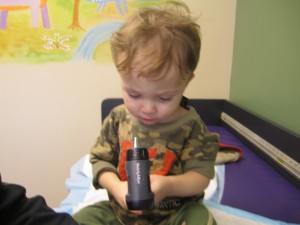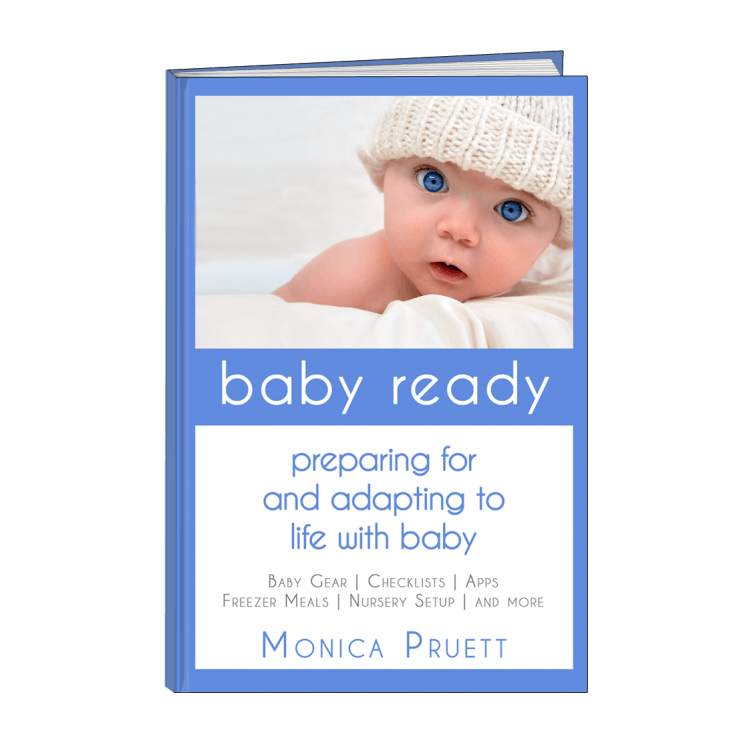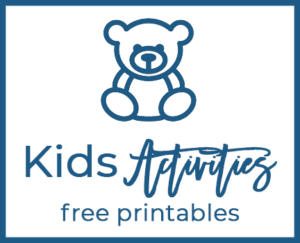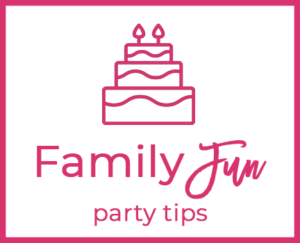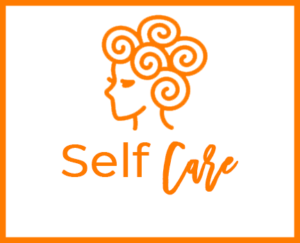I haven’t stopped reading to glean parenting tips and ideas. More from the book “Positive Discipline”. You can also read previous posts Recognizing and Managing Feelings and Encourage Curiosity.
An overlooked part of discipline is prevention, good old thinking ahead to the problems and situations that might occur.
In preparation consider:
- Decide what you will do – determine your response ahead of time should your child misbehave
- Respectfully explain to your child what you will do ahead of time
- You can also consider role playing – ask your child to be the mommy or daddy and ask him/her what they would do if you were the child and you misbehaved
- Follow through by doing what you said you would do, while remaining both kind and firm
Example: Tell your children before you go into the grocery store that if they act up you will immediately leave the grocery store. The minute they do take your shopping cart to the manager and wait in the car until the kids agree to behave. Best to shop for cold items last and bring a good book to read in the car. You won’t have to execute this often as the kids will get the picture pretty quickly.
True discipline is not about punishment or control. The word itself comes from the Latin word disc ere which means to teach or learn. Discipline is about guiding and teaching young people, helping them to make wise decisions about their behavior, and allowing them to gradually accept responsibility for their choices and actions- to choose or not to choose a certain behavior because they understand it’s implications, not because the police are in the vicinity.
When Children Speak or Act Disrespectfully to Adults
- Decide what you will do – determine your response ahead of time should your child misbehave
- Hold the child kindly and firmly
- Share your feelings
- Design a positive time-out area
- Use “what’ and “how” questions
- Put the problem on the family or class meeting agenda: a time to give compliments and appreciation, empower members to help each other, solve problems that effect the group, plan future activities
How not to say “No”
- Say what you do want
- Say yes instead
- Use questions or statements instead of saying “no”
- Agree to discuss the subject
- Draw a Picture
Inviting Children to Listen
- Don’t talk. Act. Children hear kind and firm action much more than words
- Have regular family meeting where children have an opportunity to feel listened to
- Create routine charts together, then let the routine chart be the boss.
- Work on solutions together.
- Ask instead of telling: “What did we decide to do about that?”
- Ask your child for help.
- Use nonverbal signs: point without saying a word.
- Use one word: toys, bedtime, and so on.
- Use your sense of humor
Positive Discipline Parenting and Teaching Tools
- Positive time-out
- Selective attention: ignoring the behavior, not the child; resisting manipulation
- Acceptance: holding without becoming hooked
- Consequences and solutions
- Follow-through
- Kindness and Firmness
- Humor and Laughter
How to teach a young child
- Let him watch you.
- You do it with his help
- He does it with your help.
- You watch him.
Grateful for this information as I train up my little ones.
In His Grip,
Monica
P.S. If you like my blog and the free printables, please like my Facebook page at: HappyAndBlessedHome – thanks so much!
